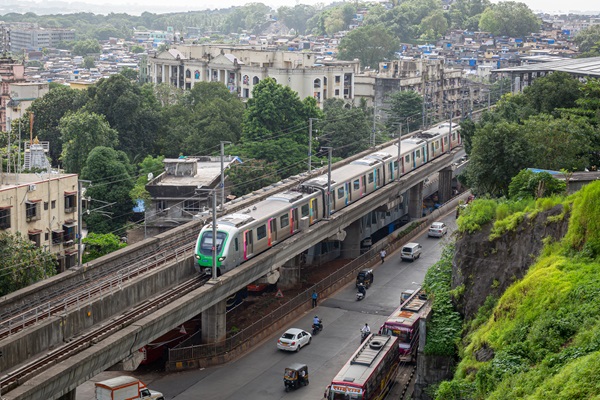.png)

Sujit Kumar is Chief Economist at National Bank for Financing Infrastructure and Development.
June 24, 2025 at 8:20 AM IST
In finalising its Project Finance Directions, 2025, the Reserve Bank of India has done more than rewrite lending rules. It has implicitly endorsed a new model of infrastructure finance, one led not by commercial banks but by specialised institutions better equipped to handle long-gestation risk. These norms mark the formal recognition of a system where banks no longer occupy centre stage in funding India’s infrastructure ambitions.
The direction of change has been clear for years. Scarred by the excesses of the 2010s, when project delays and cost overruns led to a wave of defaults, banks have steadily reduced their exposure to infrastructure. Although asset quality improved significantly in the early 2020s, and corporate balance sheets strengthened post-COVID, banks have remained hesitant.
This institutional caution is reflected in the numbers. Infrastructure credit by banks grew just 1.4% in 2024–25, even as overall non-food credit expanded by 11.0%. By contrast, credit to industry excluding infrastructure grew 11.3%, showing a clear preference for manufacturing loans and shorter-tenor assets. At the same time, specialised lenders such as NBFC-IFCs, NBFC-IDFs, and the National Bank for Financing Infrastructure and Development expanded their infrastructure loan books grew by 15%, taking them to ₹16.8 trillion, surpassing the ₹13.2 trillion held by banks.
What sets these institutions apart is not just capital. They offer greater structuring flexibility, better alignment of repayment with project cash flows, and refinancing options that allow pooling of assets into common vehicles such as InvITs. This is the new infrastructure credit ecosystem the RBI is now set to regulate.
The 2024 draft directions had sparked concern across the industry. They proposed sharp increases in general provisioning—from 0.4% to 5% for under-construction projects and to 2.5% for operational ones. They also placed limits on moratoriums and failed to accommodate the special needs of PPP projects. The methodology proposed for identifying credit impairment based on net present value lacked clarity, creating space for subjectivity and operational uncertainty.
Stakeholders pushed back, and the RBI has listened. The final guidelines not only scale down provisioning to 1% for under-construction projects and 0.4% for operational ones but also provide clarity and flexibility in implementation. Legacy exposures are exempt from the new provisioning norms unless there is a fresh credit event, which protects existing investors. PPP project considerations have also been accommodated by delinking funding disbursal from rigid milestone triggers such as the declaration of the appointed date.
The regulator has also retained key enablers. Cost overruns of up to 10% will not trigger asset downgrades if the additional funding is priced at a premium. The date of commencement of commercial operations extensions due to scope changes exceeding 25% of the original project cost are still permissible. In defining project finance itself, the new norms now require more than 51% of repayment to come from project cash flows and mandate a common agreement across lenders, encouraging cohesive credit structuring.
These revisions are not isolated regulatory housekeeping. They fit within the RBI’s broader macroprudential and monetary policy pivot since February 2025. With repo rates cut and sectoral risk weights eased, the regulator is now aligning prudential rules to ensure smoother transmission of credit. The new project finance guidelines limit the increase in lending costs to just five basis points for under-construction projects.
The establishment of a project loan database is another step in the right direction. Improved transparency will help in early stress detection and strengthen secondary markets for infrastructure assets.
The larger takeaway, though, is strategic. The RBI is not trying to coax banks back into infrastructure lending. It is building a regulatory framework suited to the institutions that are already doing the heavy lifting. Macroprudential regulation works best when it reflects where the market is going, not where it has been.
Under Governor Sanjay Malhotra, the RBI has shown it can time and calibrate this shift well. What was once a fragmented patchwork of norms has evolved into a coordinated architecture. Banks are being allowed to focus on what they now do better—retail and industrial credit—while institutions purpose-built for infrastructure take on the task of long-horizon capital formation.
The central bank has not just opened the gate to infrastructure credit. It has quietly changed who holds the keys.




